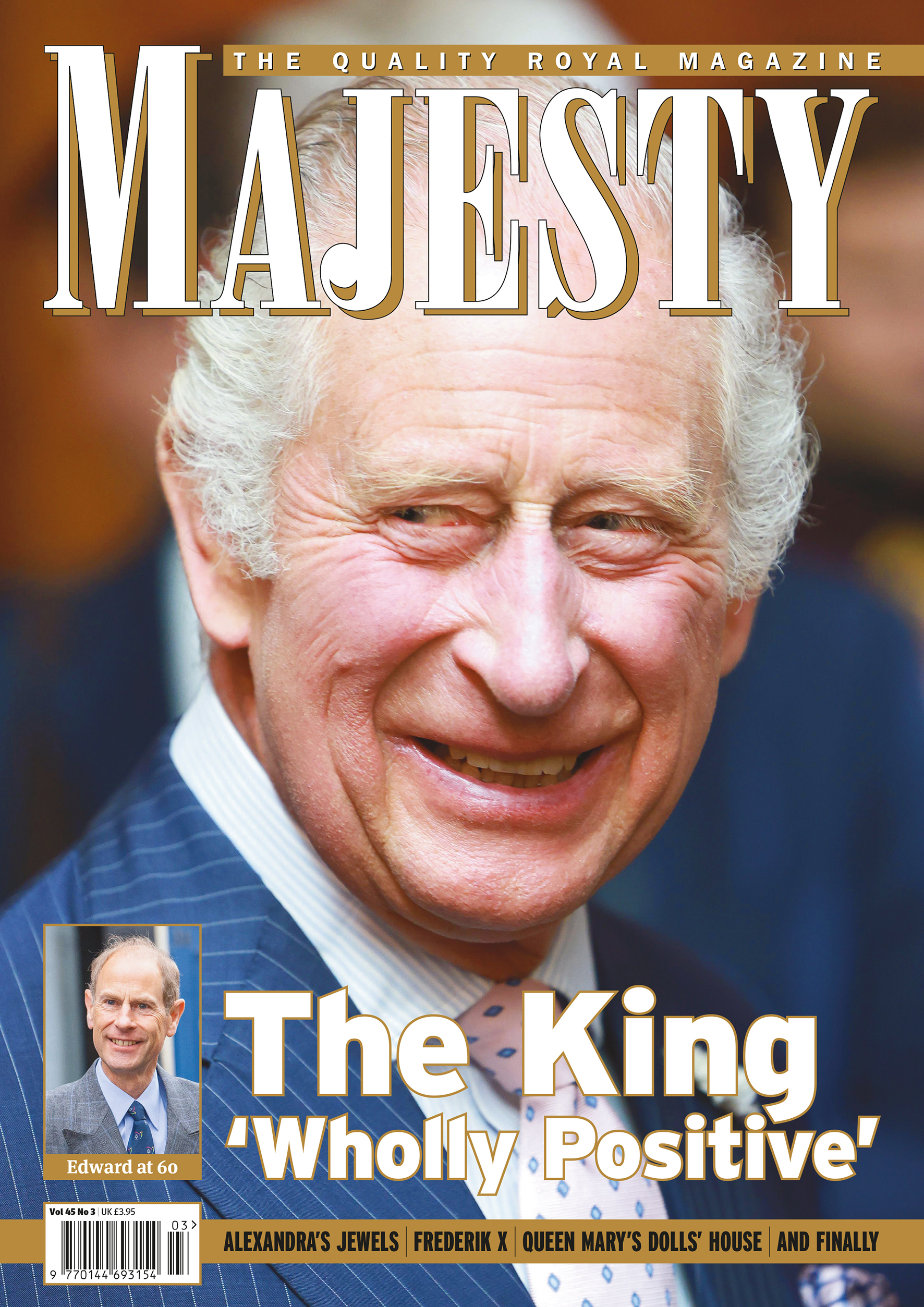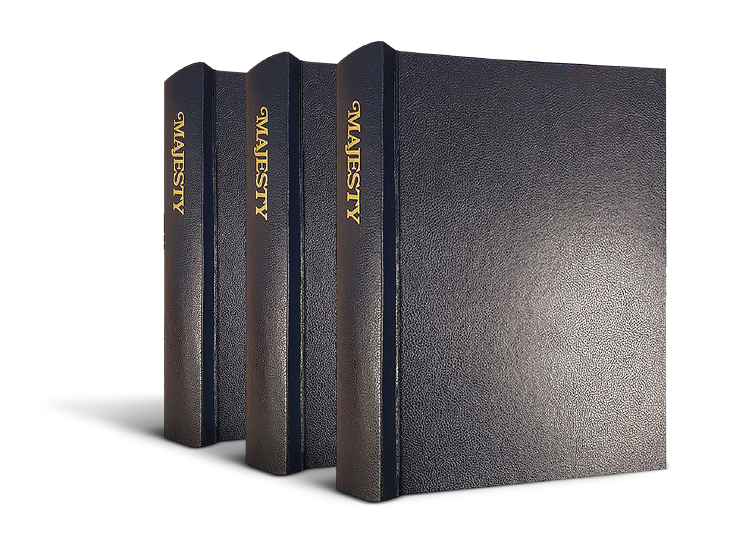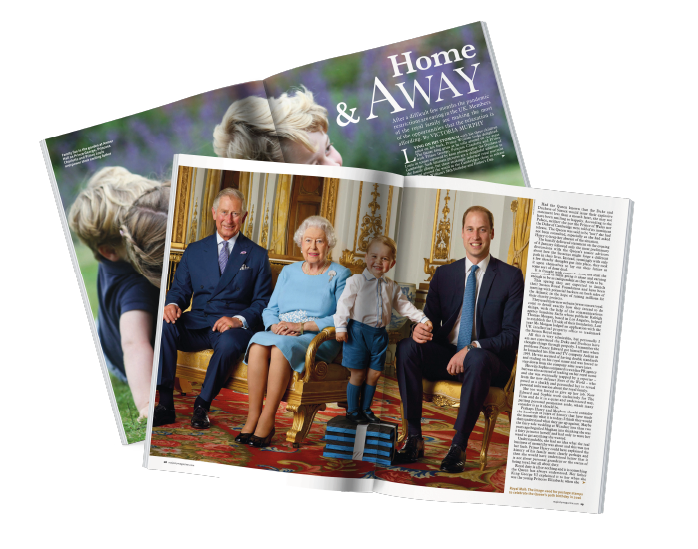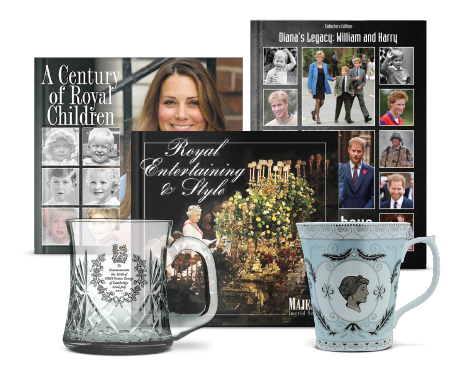
never miss an issue

On the evening of 5 February news channels around the world reported the following statement issued from Buckingham Palace: ‘During The King’s recent hospital procedure for benign prostate enlargement, a separate issue of concern was noted. Subsequent diagnostic tests have identified a form of cancer.
‘His Majesty has today commenced a schedule of regular treatments, during which time he has been advised by doctors to postpone public-facing duties. Throughout this period, His Majesty will continue to undertake state business and official paperwork as usual.
‘The King is grateful to his medical team for their swift intervention, which was made possible thanks to his recent hospital procedure. He remains wholly positive about his treatment and looks forward to returning to full public duty as soon as possible.
‘His Majesty has chosen to share his diagnosis to prevent speculation and in the hope it may assist public understanding for all those around the world who are affected by cancer.’
Of course, a statement such as this is never going to suppress speculation and immediately every news outlet was leading on the story of the King’s cancer diagnosis.
For Charles III it was a bold and unusual move in sanctioning such a statement but he obviously believed, as head of state, that it was the correct thing to do. He has indicated that he wants the modern monarchy to be more accountable and open so – encouraged by the huge number of people who sought prostate advice after his previous health announcement – he knew this was the right way to go.
The King, who had been at Sandringham recovering from his prostate procedure, returned to London with the Queen to begin ‘a series of regular treatments’ that according to cancer specialists suggests chemotherapy, radiotherapy or immunotherapy.
Although away from the public gaze for some time the King will continue to attend to the affairs of state that include meetings and his daily red boxes of government documents. It is thought that there will be no need for the Prince of Wales to assume his father’s constitutional role. Other members of the working royal family will help out in whatever way they can.
The Prince of Wales and the Duke of Sussex were informed by their father of his cancer diagnosis by telephone well in advance of the public announcement. For William it meant returning to a larger workload than he had anticipated, having been at his wife’s bedside in the early stages of her recuperation from abdominal surgery. For Harry it meant taking an overnight flight from Los Angeles to London and from the airport going straight to Clarence House to see his father for the first time in nine months.
The Duchess of Sussex remained at home with their two children in California, where rainstorms and mud slides were affecting much of the state, including Montecito.
The King then returned to Sandringham with the Queen, coincidently on the 72nd anniversary of his grandfather King George VI’s death there on 6 February 1952. It was a day the late Queen always spent at Sandringham in memory of her father and it is a date that has remained special in the royal diary ever since.
We all wish His Majesty the absolute best for what we hope will be a speedy and full recovery.




